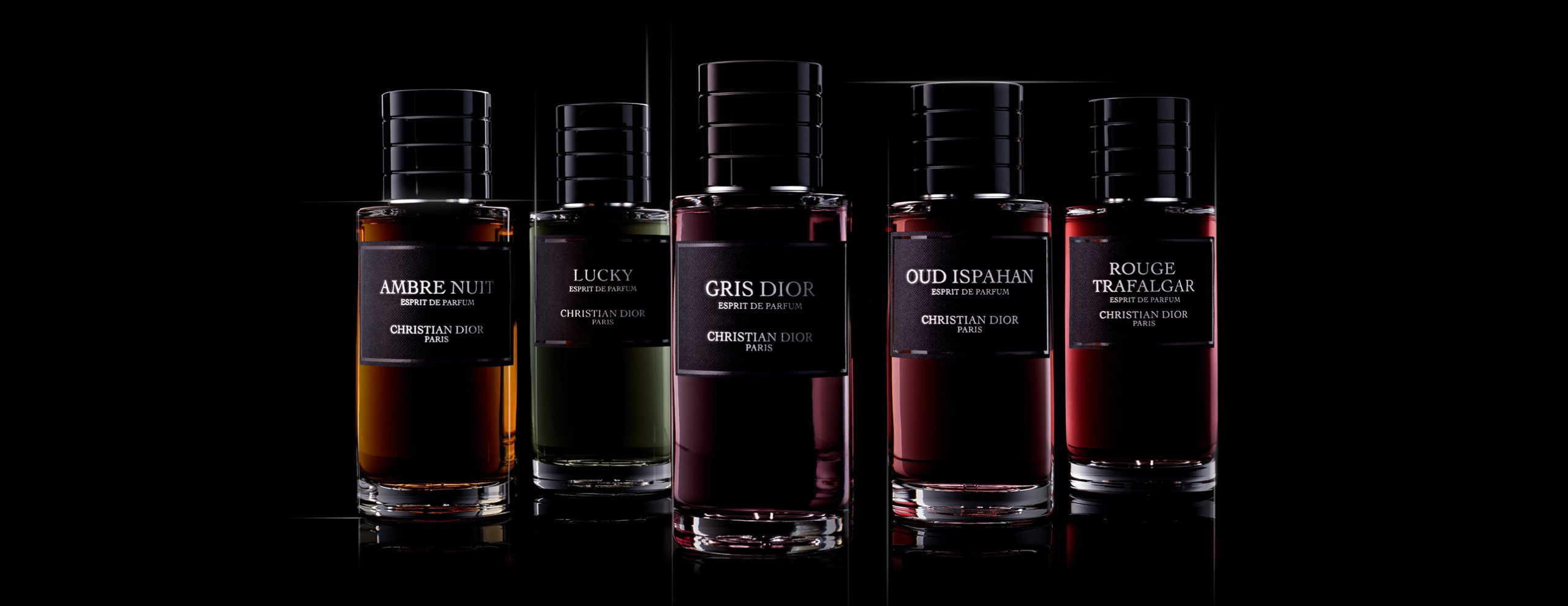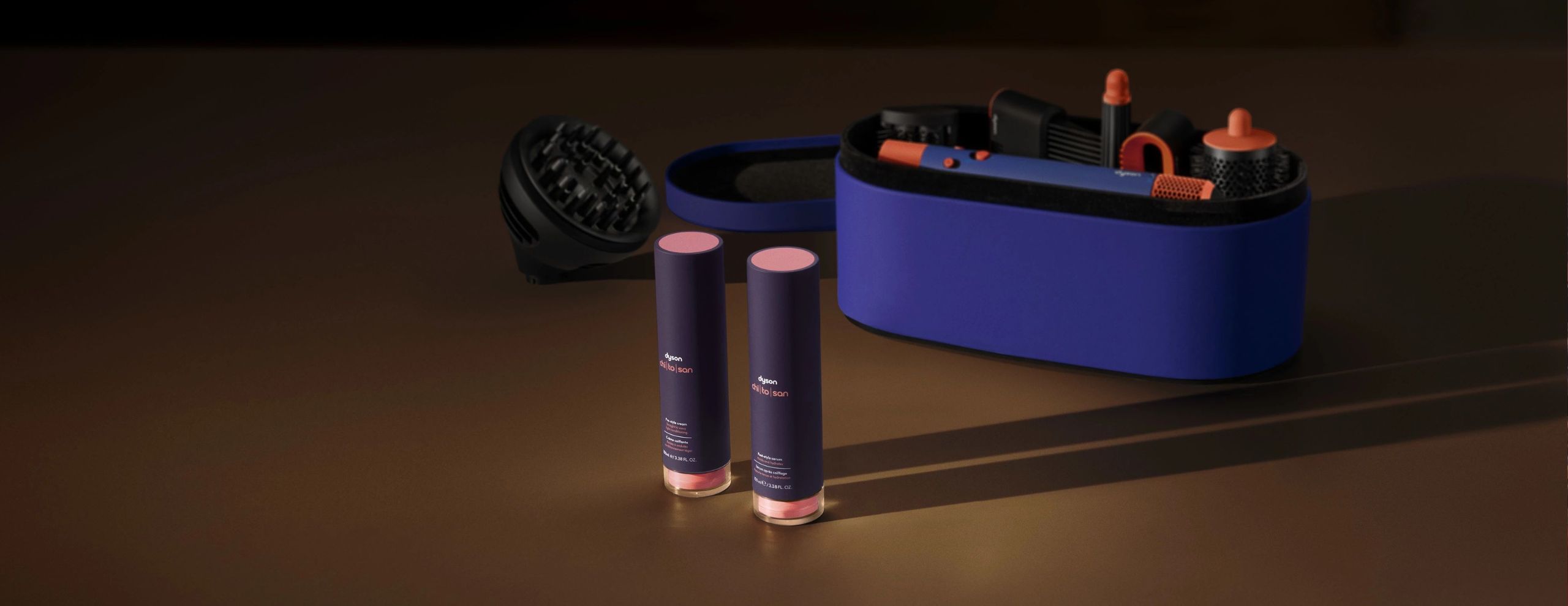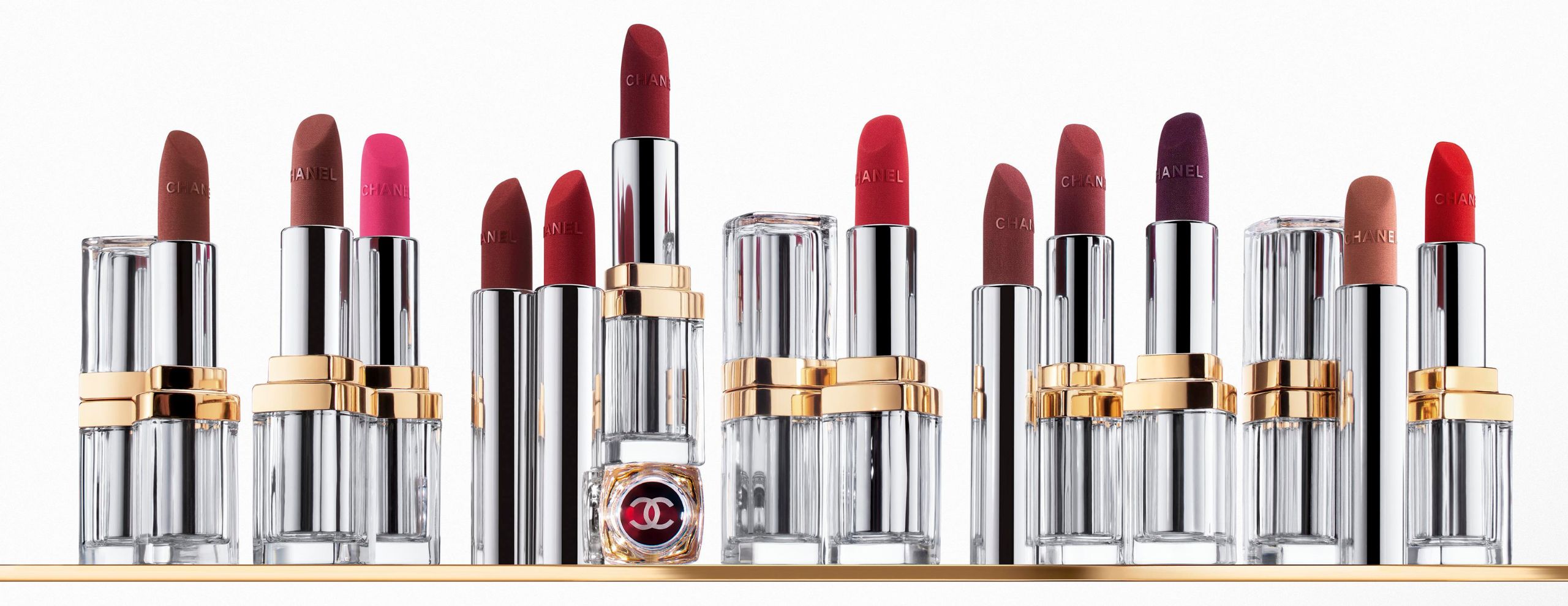“Millennials”. A word you see thrown around with increasing regularity these days, in the form of articles and news reports that scream headlines like “How To Keep Millennials Motivated In The Workplace” and “Why Millennials Can’t Hold Down Their Jobs”, and, we kid you not, “Millennials Are Influenced More By Dogs Than Marriage & Children When Buying A Home” (actual article we just saw).
Similarly, it’s a word we’re seeing pop up more often in the beauty press releases we’ve been receiving from the various brands. Increasingly, the largest beauty brands from around the world are launching skincare lines that they are telling us are “made for millennials”.
What does that mean, though? From what we’ve observed so far, it seems like “millennial skincare” entails products that are, for one, multitasking, because millennials are supposed to be time-strapped with no time for the complicated regimes favoured by the generation before.
Secondly, given that these are products targeted at women in their early to late 20s, focus is less on anti-ageing but more on preventive care. Textures and scents are lighter, because millennials grew up being warned by beauty articles that products should always let your skin breathe easily.

nia is the millennial-targeted arm of clinical skincare brand StriVectin, with multi-tasking products that preempt signs of ageing.
Thirdly, and perhaps most crucially, aesthetic value is key. Being a generation that has witnessed the birth and rapid evolution of the biggest social media networks of today, millennials appreciate well-designed packaging – maybe for some, just so it will look good for the ‘gram – but social media influencers, and the visuals they fill all our social feeds with daily, have raised standards for what’s considered aesthetically-pleasing.

LANEIGE’s new Fresh Calming Line is targeted at those in their early twenties, and the bottles are very Instagrammable indeed.
Still, millennials aren’t going to be fooled by a product that’s all looks, and no substance. Rising costs of living accompanied by a persistent gloomy economic outlook globally have trained millennials to adopt a frugal approach to buying beauty; hence $100 creams won’t always cut it, and the drugstore brands are doing so well. It’s not that millennials aren’t willing to fork out the money; it’s just that if they do, the product better deliver.
It is undoubtedly NYC brand Glossier that led the way into conquering the millennial skincare market, getting it right since its inception in 2014 with clever social media marketing, and colouring their product packaging in a particular pastel pink that has become known as the “Glossier pink”, or on a more general scale, “millennial pink”.

Glossier’s original Phase 1 set, made up of their first 4 products: a priming moisturiser, face mist, skin balm and skin tint.
More importantly, it was the ethos of the brand that has made it so appealing to millennials: that “skin is in”, and you shouldn’t be hiding your complexion under makeup. By creating pared-down products that focus on getting skin properly hydrated and looking naturally “glowy”, skincare suddenly seems so much more effortless, as well as authentic – and for a generation learning to celebrate individuality and not always hide flaws, Glossier has become an extremely appealing brand.

In 3 years, Glossier has grown into a comprehensive skincare selection that includes masks, a cleanser, and serums, among others.
This trend has grown so much that recently, even the established, more traditional beauty brands have entered the millennial market. Shiseido just this month launched WASO, a completely new product line that is rooted in natural, edible ingredients like carrot, soybean and honey. Echoing Glossier, the Japanese brand says WASO is about “championing authentic beauty”, via simple products that are free of “additions, distractions or apologies”.

Shiseido’s WASO line, launched in 2017, includes products like a gel-type lotion, cleanser and moisturiser, and multi-tasking products that function as a day cream, colour-corrector and SPF.
Unsurprisingly, WASO is incredibly photogenic, featuring various pastel tones on minimalist tubes, bottles and jars. It is revealing of how important product design is in reaching out to millennials, that Shiseido has decided to shine the spotlight on WASO’s packaging designers, Mao Kaomai and Akira Muraoka from their headquarters’ Advertising & Design Department. As they explained, including a hole into the caps of the WASO products is “because of the way millennials prefer to use skincare products while doing other things”, so this design element represents “the idea of being able to grab the package and go, or attach it to something else”.
For the millennials willing to spend a little more, there’s Dior Beauty’s Hydra Life, also new for 2017. Dior has always been one of the main players in the luxury skincare market, and the debut of Hydra Life shows that they believe a certain segment of millennials are willing to invest a bit more in their skin. Besides the obviously younger aesthetic, Dior has also taken care to highlight the highly sensorial aspect of its product textures: moisturisers in “sorbet” form, jelly masks, and watery cleansers. All of these serve to convey the notion of hydration, the aspect of skincare that millennials seem to be the most obsessed about.

Spotlight on the light textures of the Dior Hydra Life range.
How Dior has chosen to market the Hydra Life range is also telling: through paid social media posts on the feeds of the most prominent online influencers, because if there’s a quick way to enter the millennial consciousness, it’s via Instagram.
Creating products that are “Instagrammable” isn’t just limited to pretty packaging; increasingly, it’s also about how the products look when applied on the face. This might have all begun with the K-beauty animal sheet masks that were all the rage a few years back – basically, if a skincare product creates a selfie-worthy shot, millennials will want it. That explains why strange Instagram beauty trends pop up with regularity.
Clinique made a smart move by creating the Double Bubble Purifying Mask among the recent additions to their Pep-Start franchise. This goes on as a purple gel, and bubbles into a full face of foam in seconds. That’s something millennials are going to be tempted to post onto Instagram Stories or Snapchat, and the brand knows that so well that they even created a face filter that superimposes an animated mask of bubbles on your selfie, available for download on the BeautyPlus photo app.

How the Clinique Pep-Start Double Bubble Purifying Mask works.
From here on out, we’re certain we’re going to have more beauty press releases containing the words “millennials” coming our way, probably featuring packaging dressed up in more iterations of pastels, each line more Instagrammable than the last. As long as brands keep to the direction of nurturing healthy skin in millennials, and continue to be aware that only products of superior quality will do – especially in this increasingly competitive landscape – it’s not a bad trend at all.
After all, for all the bad press millennials get, at least this is one bright spot.
nia, $42 to $69, available at Sephora ION.
LANEIGE Fresh Calming Line, $30 to $48, available at LANEIGE boutiques and counters, Zalora and Lazada.
Glossier, US$12 to US$45, available at glossier.com (freight forwarding service is needed to ship to Singapore).
Shiseido WASO, $40 to $55, available at Shiseido counters.
Dior Hydra Life, $62 to $110, available at the Dior Beauty store and counters.
Clinique Pep-Start, $28 to $50, available at Sephora.











You must be logged in to post a comment.